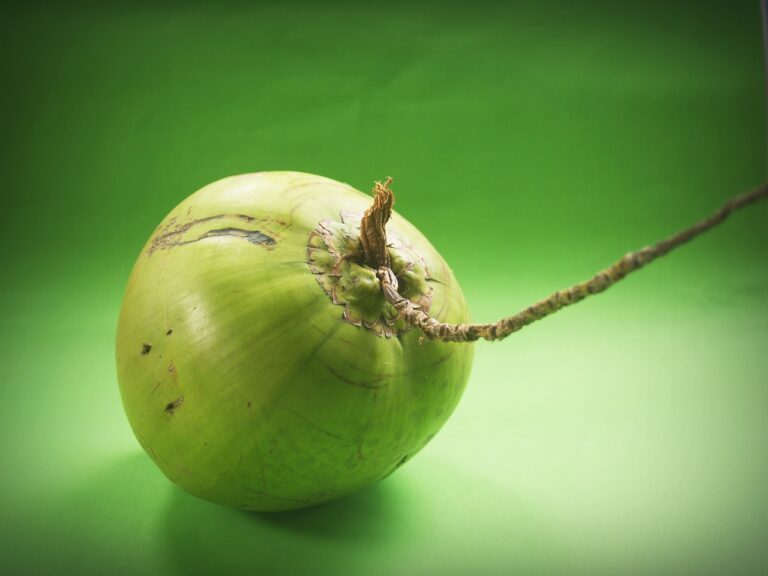Bioprinting Organs: Revolutionizing Transplantation Medicine: Silverexch, Goldenexch. Bet, Betbook247
silverexch, goldenexch. bet, betbook247: Bioprinting Organs: Revolutionizing Transplantation Medicine
Bioprinting technology is taking the field of transplantation medicine by storm, offering a new way to create replacement organs for patients in need. This cutting-edge technique involves using 3D printing technology to build tissues and organs layer by layer using living cells. The potential impact of bioprinting on the medical field is immense, offering hope to millions of people waiting for life-saving organ transplants.
How Does Bioprinting Work?
Bioprinting begins with the creation of a digital model of the organ or tissue that needs to be printed. This model is then used to guide the 3D printer as it deposits layers of bioink, which consists of living cells. These cells are then nurtured and encouraged to grow and develop into the desired tissue or organ. The end result is a functional, living organ that can be transplanted into a patient in need.
Advantages of Bioprinting
One of the main advantages of bioprinting is the ability to create personalized organs that are tailored to the specific needs of each individual patient. This can lead to better outcomes and reduced chances of rejection after transplantation. Additionally, bioprinting allows for the creation of complex structures that would be difficult or impossible to create using traditional methods.
Applications of Bioprinting
Bioprinting has the potential to revolutionize a wide range of medical procedures, including organ transplants, skin grafts, and drug testing. Researchers are also exploring the possibility of using bioprinted tissues and organs for regenerative medicine, where damaged tissues can be replaced or repaired using bioprinted materials.
Challenges and Future Directions
While bioprinting shows great promise, there are still many challenges that need to be overcome before it becomes a widespread clinical reality. Researchers are working on improving the speed and accuracy of bioprinting, as well as finding ways to vascularize bioprinted tissues to ensure they receive an adequate blood supply. Despite these challenges, the future of bioprinting looks bright, with the potential to save countless lives in the years to come.
FAQs
Q: How soon can we expect bioprinted organs to be available for transplantation?
A: While bioprinting technology has made great strides in recent years, it is still in the early stages of development. It may be several years before bioprinted organs are widely available for transplantation.
Q: Are bioprinted organs safe?
A: Researchers are working hard to ensure that bioprinted organs are safe and effective for transplantation. Extensive testing is being done to make sure that these organs function properly and do not pose any risks to patients.
Q: Will bioprinting eliminate the need for organ donors?
A: While bioprinting has the potential to reduce the demand for organ donors, it is unlikely to eliminate the need for them entirely. Organ donation will still be necessary for many patients who are in urgent need of a transplant.
In conclusion, bioprinting technology has the potential to revolutionize transplantation medicine and save countless lives in the process. While there are still many challenges to overcome, the future of bioprinting looks incredibly promising. Stay tuned for more exciting developments in this rapidly evolving field.







